hickory tree bark beetles
Bark Beetles also known as Pine Beetles are a destructive group of pests known to damage wood as adults or lay eggs under the bark of trees where destructive larvae hatch and cause destruction. The hickory bark beetle can be a significant pest on this tree.
Heavily infested trees typically have sparse yellowed leaves.

. The hickory bark beetle along with the fungus Ceratocystis smalleyii is responsible for hickory wilt. The reasons are varied from climate change to drought. Shagbark hickories are stable.
How To Get Rid of Bark Beetles Easily. Over 600 species occur in the United States and Canada with approximately 200 in California alone. Use a contact insecticide treatment with Sylo Insecticide which can help to eliminate Bark Beetles from your tree.
It is a very large group with approximately 220 genera. The adult is short stout black almost hairless and 15 inch 5 mm long. Shellbark hickories are slow-growing large deciduous trees with slender trunks that grow up to 120 ft.
They feed on new growth and then leave to target trees that are struggling or showing signs of a lack of vigor. Bark beetles family Scolytidae are common pests of conifers such as pines and some attack broadleaf trees. The beetle burrows into twigs and small branches 5.
These pests cause disease and die-off in healthy trees and are the cause of widespread mortality in many swathes of the California forest landscape. Ad Do-It-Yourself Save. Their damage can induce early leaf drop and flagging throughout the branches of infested trees.
Shagbark hickory may grow to 120 feet in nature. The hickory bark beetle is an insect pest that affects all areas in the United States where hickory species Carya grow. Free Shipping Expert Advice.
Major Pest Threat If a hickory tree is under stress from disease or has had multiple insect problems the hickory bark beetle can successfully attack the tree. Talking about insects aphids and hickory bark beetle attack the tree. This beetle is the most destructive enemy of hickory trees in Connecticut and breeds under the bark.
In July females make an approximately inch long vertical tunnel in the inner bark and sapwood. The most effective control is to destroy trees harboring overwintering larvae during winter and spring. Premature leaf drop and broken twigs in crown can also occur when heavily infested.
You should regularly water the tree and scrape any discoloured wood from the bark. Hickory trees grow best in full sun to partial shade in well-drained humusy soils. Hickory shoot curculio larvae are legless grubs that develop in the new shoots.
Hickory bark beetle Scolytus quadrispinosus. Pecan and butternut are also hosts. Stressed mockernut hickory trees are vulnerable to the hickory bark beetle 2.
Bark beetles and borers can damage hickories. The San Bernardino infestations were in stands of mixed conifers that included species not attacked by the bark beetles creating a mosaic of dead and live trees. This is probably the most destructive insect for hickory trees.
Among the insects that plague the shagbark hickory are aphids and the aptly named hickory bark beetle. The underside of the posterior is. Some native some not bark beetles have become particularly widespread following many years of drought.
The shellbark hickory has smooth gray bark with large plates and narrow grooves in between. - The adult is short stout black almost hairless and 15 inch 5 mm long. In rows of pockets along each side she deposits one egg per pocket.
A wood-rotting fungus called canker can kill the tree. Several states have reported instances where thousands of trees were killed. Several species of bark beetle including Southern Pine Beetle Black Turpentine Beetle Mountain Pine Beetle Western Pine Beetle and Spruce Beetle all Dendroctonus species and Ips Engraver Beetle are known to attack and kill conifers such as pines andor spruce.
Hickory bark beetles rarely attack healthy trees so good cultural practices such as thinning pruning fertilization and irrigation are important for orchard ornamental and other valuable trees Goeden and Norris 1964 Hopkins 1912. To eradicate these insects you can use pesticides and insecticides. Pittsfield Maine with three phoretic mites hitching a ride on its backBark beetles are fairly small insects between 18 and 13 inch long named for the fact that the best known species reproduce in the inner bark of trees.
Hickory may be bothered by leaf spot powdery mildew and crown gall but is resistant to Verticillium wilt. Weakened stressed trees most likely attacked rarely infest healthy trees. The trees have a number of commercial uses.
These standing dead trees. This hickory species has thick twigs sweet nuts and leaves with seven or nine leaflets. These beetles can kill weak trees and even kill strong trees during a mass infestation 6.
This happens because the beetle tunnels through the trees trunk and cuts off its sapwood which eventually kills the tree 7. Most of these beetles will attack both stressed drought nutrient deficient excess moisture as well as healthy conifers. - The hickory bark beetle is reported to be the most serious insect pest of hickory in the United States.
Bark Beetles Eastern Ash Bark Beetle Hylesinus aculeatus July 21st 2021. The hickory spiral borer Agrilus torquatus is an elongate shiny brownish copper beetle about 3 8 inch long female or a slender beetle with a reddish copper pronotum and black wings that reflect iridescent greens blues and. Native to eastern North America.
This problematic pest affects all areas where hickory species Carya grow in the United States. It also affects other nut tree species. Hickory bark beetleScolytus quadrispinosus.
After hatching the larvae will develop over the summer before emerging to find overwintering spots. Since 2010 more than 129 million trees have died in the national forests of California. Hickory lumber is strong and shock-resistant which makes it a great option for making.
This pest stays in the inner bark of the host and eventually destroys the. Small 18th inch round exit holes in trunk and branches. Many different species of bark and wood boring beetles currently threaten California forests.
Bark hangs in long strips on older trees. The wood is excellent for burning and its used to produce flavorful food like hickory-smoked bacon. This beetle overwinters under the bark before emerging in the spring.
One of the most serious culprits however is the California bark beetle. Several diseases and pests including canker rot fungus and hickory bark beetles attack shagbark hickories. Keeping trees well-watered is one way to avoid pests but spraying with an insecticide which is labeled as safe for the tree is usually the only way to eradicate the bugs completely.
During bud break females will lay their eggs new the base of leaf axils. This slow-growing species may reach a height of 60 to 80 feet. The most common species infesting pines in urban landscapes and at the wildland-urban interface in California are the engraver beetles the red turpentine beetle and.
Signs that this beetle has infested a hickory tree include fast crown dieback andor exit holes.

Mockernut Hickory Glen Arboretum

Signs Of Bark Beetle Infestation Ready For Wildfire
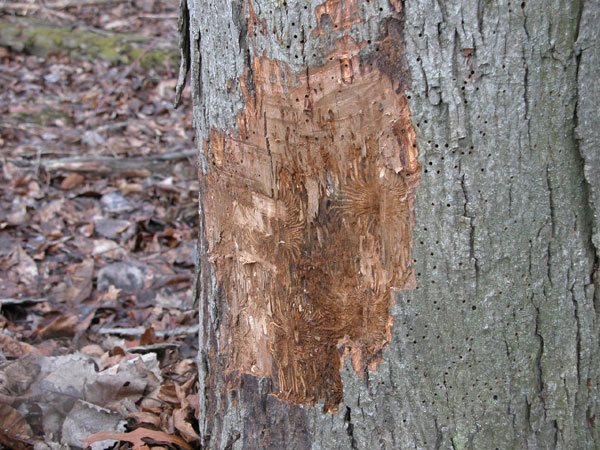
What S Wrong With My Plant Garden University Of Minnesota Extension
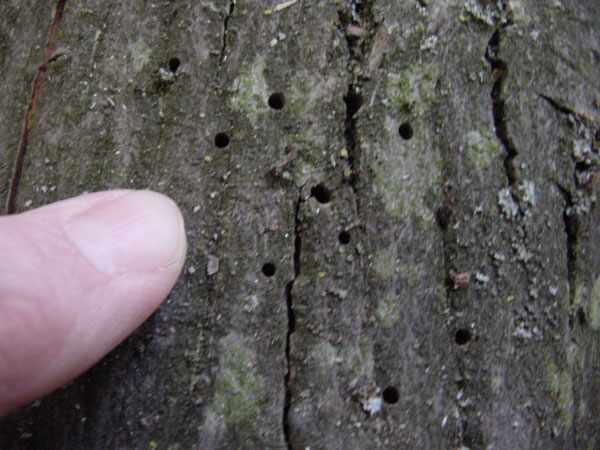
What S Wrong With My Plant Garden University Of Minnesota Extension
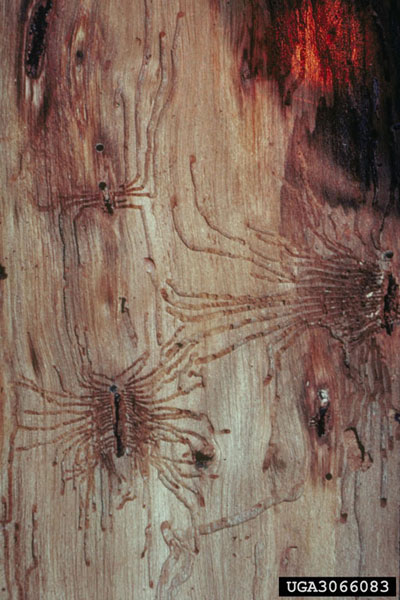
What S Wrong With My Plant Garden University Of Minnesota Extension

Signs Of Bark Beetle Infestation Ready For Wildfire

Bark Beetle Field Guide To Insects And Diseases Of Az And Nm Forests

Centipede Shaped Galleries Made By A Beetle Virginia Department Of Forestry Virginia Department Of Forestry

Centipede Shaped Galleries Made By A Beetle Virginia Department Of Forestry Virginia Department Of Forestry

Signs Of Bark Beetle Infestation Ready For Wildfire

Tree Borer Control How To Get Rid Of Tree Borers Diy Tree Borer Treatment Guide Solutions Pest Lawn

Bark Beetles Treerx Easy To Use Tree Care Productsthe Best Medicine For Your Trees

Controlling Preventing Hickory Bark Beetles North American Tree Service

Bark Beetles Killing Trees Tree Removal Tree Trimming Albia Centerville Des Moines Fairfield Mt Pleasant Ottumwa Oskaloosa

Hickory Spiral Borer Nc State Extension Publications
Hickory Wilt Ceratocystis Smalleyii Ceratocystidaceae Sac Fungus
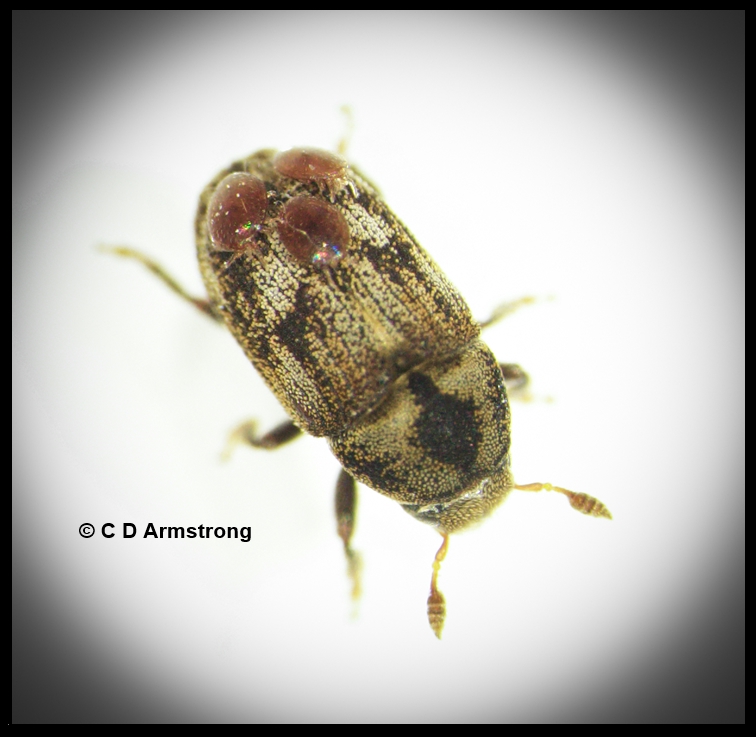
Bark Beetles Home And Garden Ipm From Cooperative Extension University Of Maine Cooperative Extension
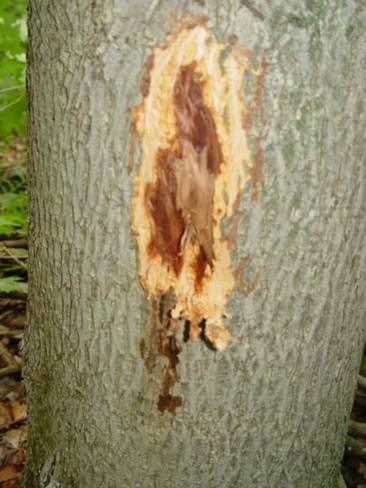
What S Wrong With My Plant Garden University Of Minnesota Extension
